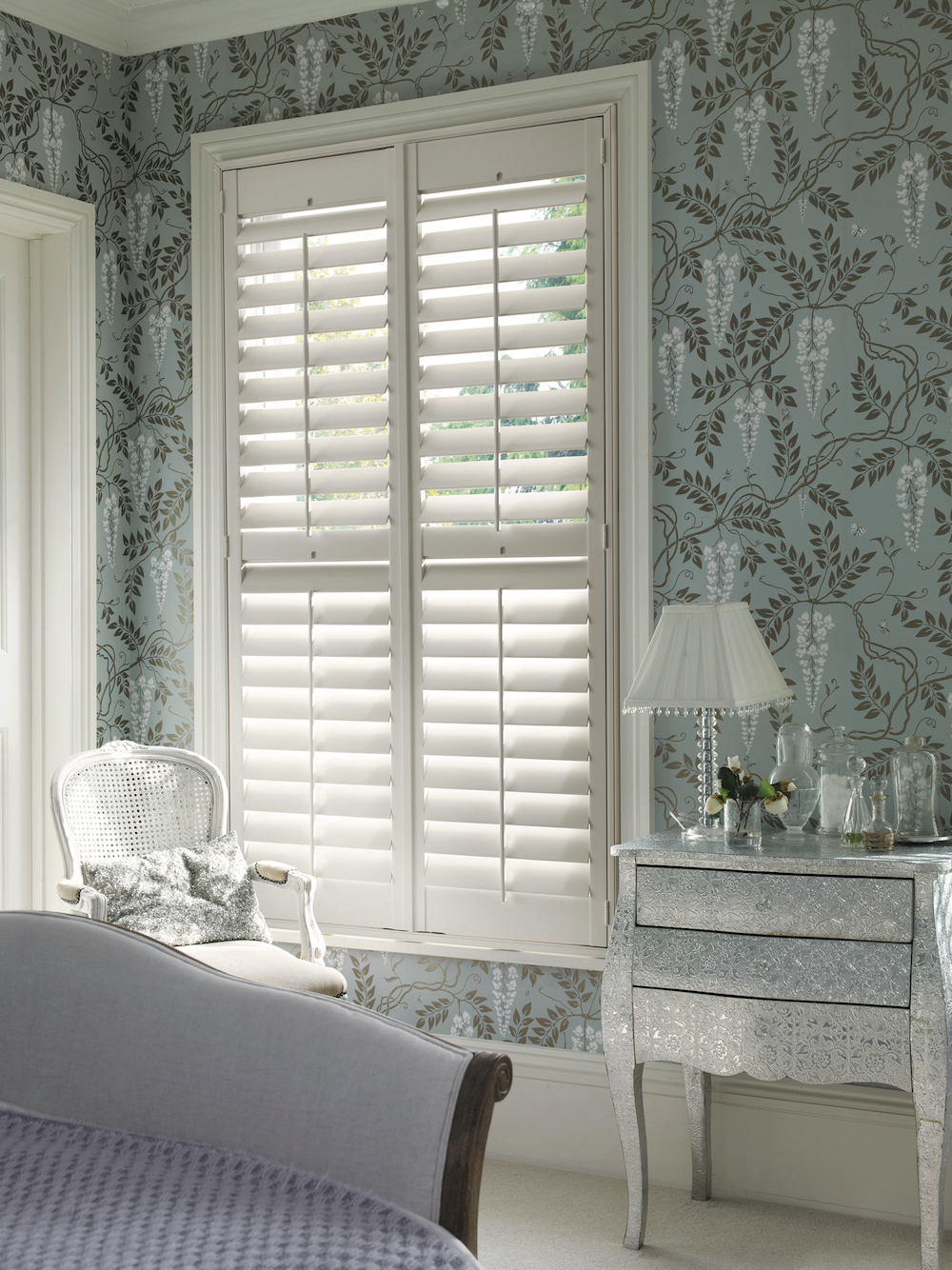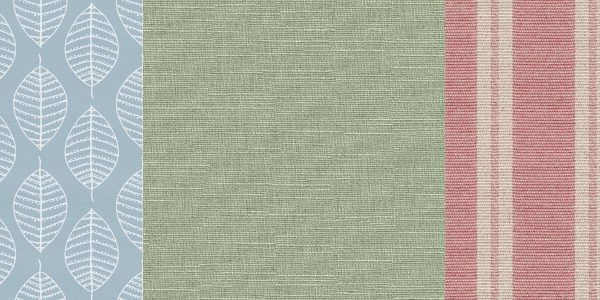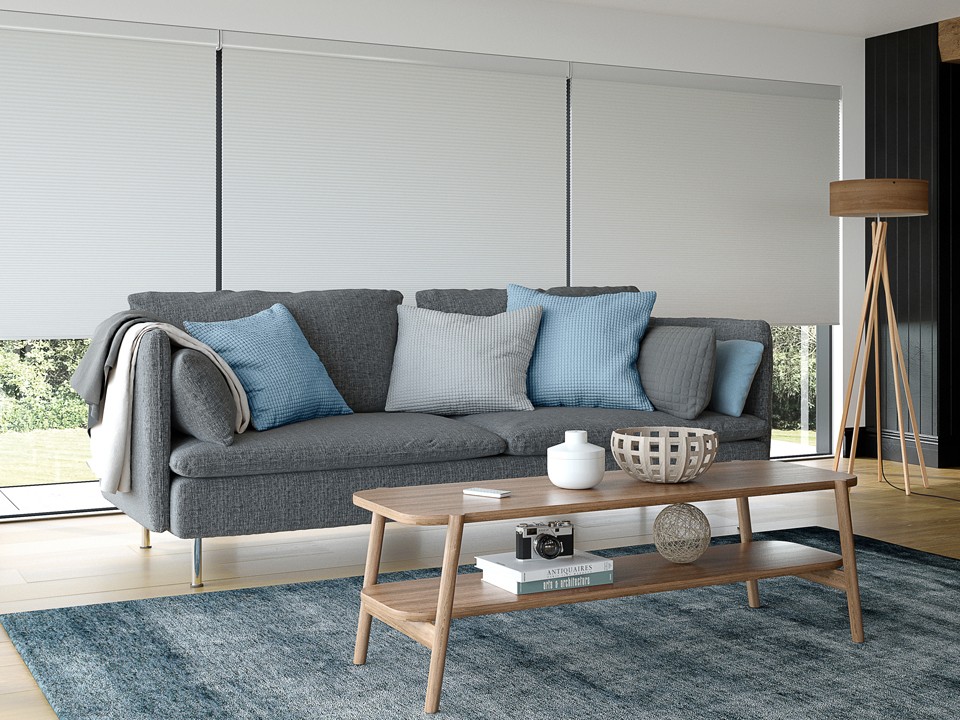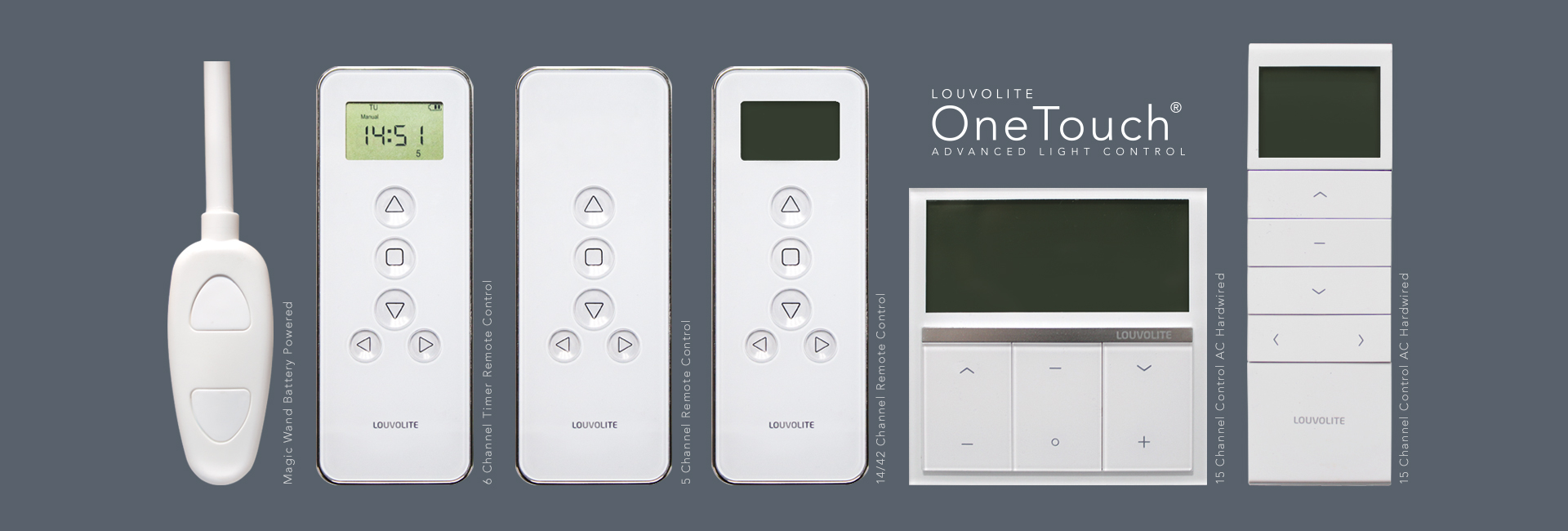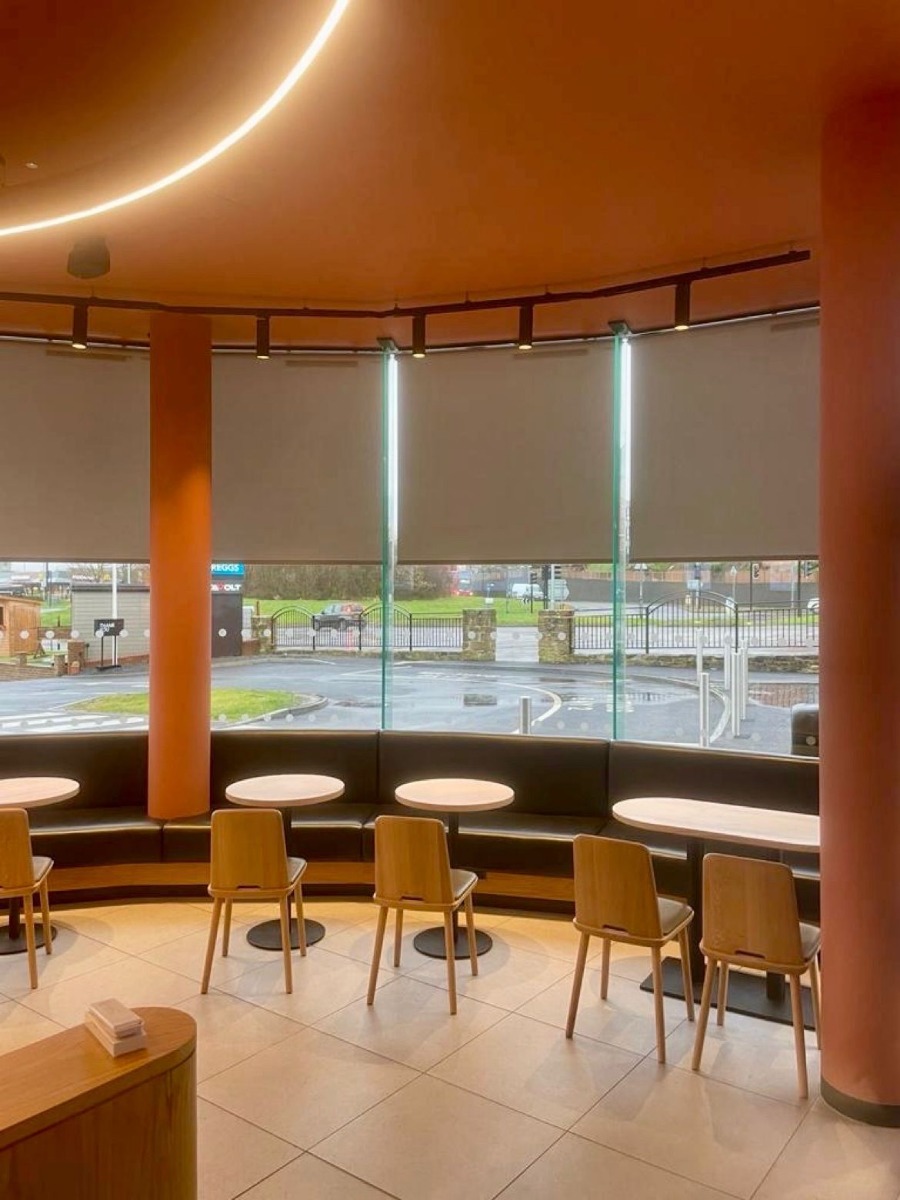With such a rise in the popularity of plantation shutters over the years, are you wondering if they could be for you? We don’t blame you! Plantation shutters are renown for adding a touch of class to any home.
However, blinds can also do just the trick in adding the same amount of style to your home. That’s probably why you’re here wondering whether to choose plantation shutters or blinds!
Let us simplify it for you…
Plantation Shutters and Blinds: Styles Available
When it comes to the amount of choice available, blinds will win hands down. This is because blinds are available in over 10 different styles.
Choose from roller, vertical, Venetian, Roman, pleated, allusion, vision, panel, Velux, motorised and perfect-fit blinds! All of which are available in hundreds of different fabrics, colours, patterns, and finishes. So, it’s easy to find a blind to suit your needs and taste.
Shutters on the other hand have more of a limited selection. Where plantation shutters have a specific look, this limits the options available in terms of making them your own. Still, you can choose from a selection of colours, shades, and wooden tones to find a look that suits your interiors perfectly.
Plantation Shutters VS Blinds: Light and Privacy Control
A great thing about plantation shutters is that they offer fantastic light and privacy control. You have three options when it comes to using your shutters:
1) Open them fully by pulling the shutter ‘doors’ away from the window completely. This will let in the daylight fully and open your home up to a view.
2) Keep the shutter ‘doors’ closed and position the slats to an angle you desire. Tilting the slats up, down or horizontal will adjust the amount of light and privacy you achieve. With this position, you’ll be able to enjoy light and privacy at the same time.
3) With the shutter ‘doors’ closed, tilt the slats so that they are also closed. This will close the blinds completely, blocking the light and granting you complete privacy as and when you require.
With blinds, the light and privacy control will depend solely on the blind style that you go for. Some blinds offer limited light and privacy control. For example, with roller, Roman, and pleated blinds it’s an open or close situation.
However, there are some blinds that, similar to shutters, offer an impressive degree of light and privacy control. These blinds are Venetian, vision, and vertical blinds. Like plantation shutters, these blinds have slats (or stripes) that can be adjusted to your exact preference. You can also fully open, and fully close these blinds too. You’ll have full control over the light entering your home.

Plantation Shutters and Blinds: Versatility Across the Home
Plantation shutters and blinds are extremely versatile across the home. Both work perfectly in every room including bedrooms, bathrooms, kitchens and living rooms. So, there’s no need to worry about that!
The only point we should make is that for rooms with high humidity (maybe your kitchen and bathroom), we’d recommend opting for faux-wood shutters and Venetian blinds, rather than their real wood alternatives. This is because real wooden blinds can distort in moist conditions.
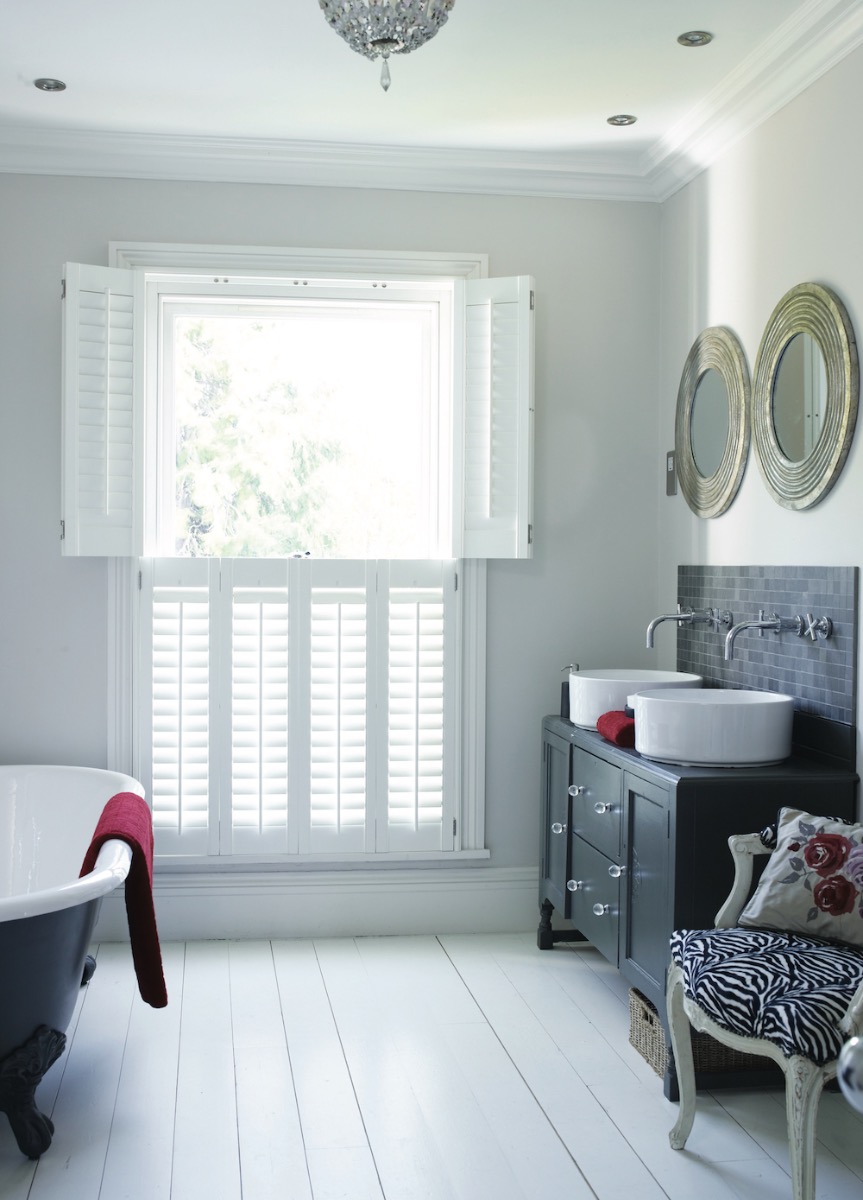
Plantation Shutters and Blinds: Cost
In terms of blinds, it will largely depend on which you go for! However, there is a budget-friendly option for each style of blind on offer. For example, real-wooden Venetian blinds are at the higher end of the scale, but faux-wooden Venetian blinds – which have the same effect – are much more affordable!
Plantation shutters are known for being expensive, but in terms of durability and lifespan, they actually work out excellent value for money. Think of them as more of an investment into your home, rather than a cost!

Personal Preference
To answer the question ‘Plantation Shutters or Blinds?’… it all boils down to personal preference! Both options make a great choice of window dressing for every home, it just depends on the look you’re hoping to achieve.
For example, plantation shutters will bring a particular vibe to your home that some just might not like! They’re known for a chic or country kind of feel. Likewise, this could be the exact look that you’re going for!
Luckily, we have all styles of plantation shutters and blinds available to view in our Blaydon and Forest Hall showrooms. Why not come down and see us? We’ll show you through our ranges, guide you through our options and do our best to advise you on the perfect blinds for your requirements.
Alternatively, you can book a FREE home consultation appointment via our website! During this appointment, our team will measure your blinds and help you choose your perfect style from a wide range of samples. You can book this here, or by contacting us at info@a1blindsuk.co.uk or 0800 193 0417.

